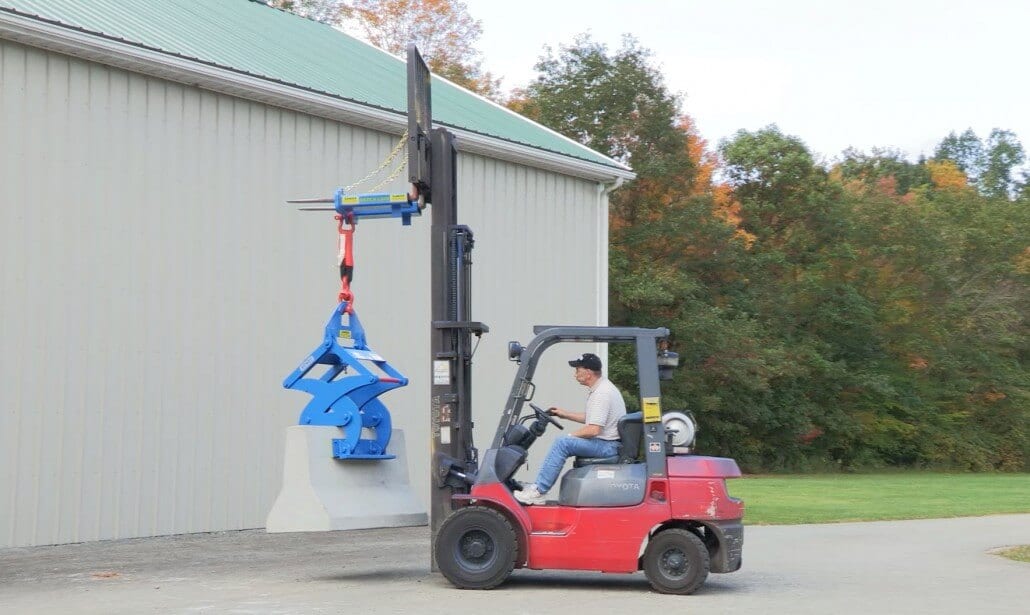Concrete barriers are renowned for their nearly indestructible nature and long lifespans. But just because they last a long time doesn’t mean they have to be a permanent part of your property’s infrastructure. There are plenty of ways to effectively use concrete barriers in temporary scenarios without sacrificing safety or racking up costs.
Temporary Uses for Concrete Barriers
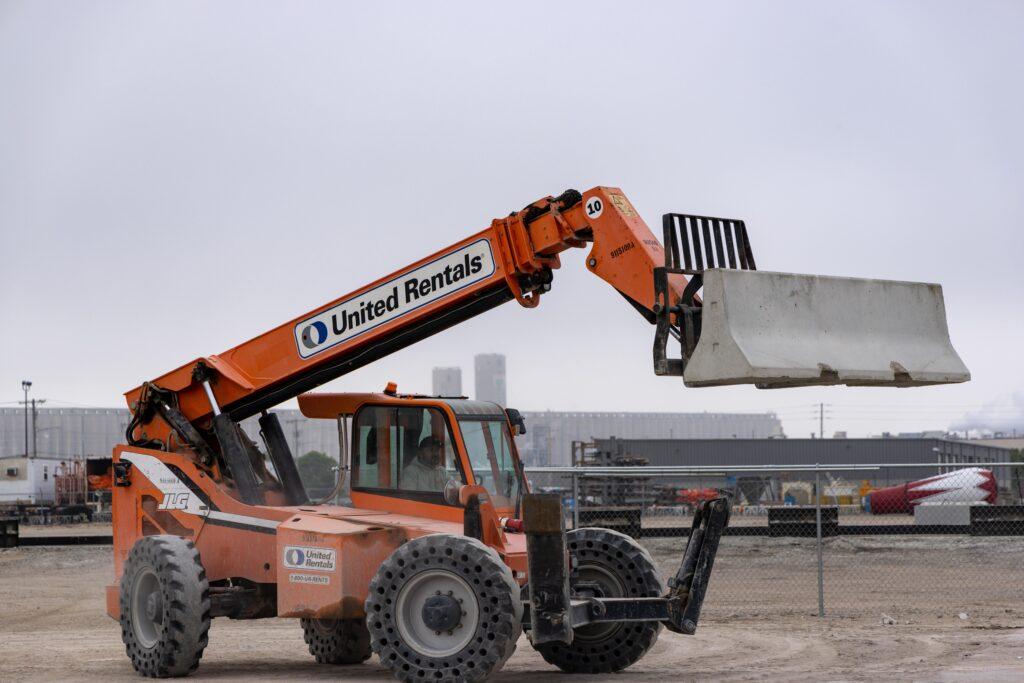
Construction Sites & Road Repair
Concrete barriers are a construction site staple, protecting properties, workers, and pedestrians from heavy equipment, uneven terrain, and potentially hazardous conditions. Although they can sometimes feel like they drag on forever, construction projects do come to an end eventually. After major construction is complete and a site is safe for pedestrians, most barriers can be relocated to other more active construction zones.
To determine when you need barriers for your construction project, start with a solid project plan. Your timeline can help you anticipate when barriers are needed — especially during periods with heavy equipment usage, excavation, or a high volume of workers and pedestrians.
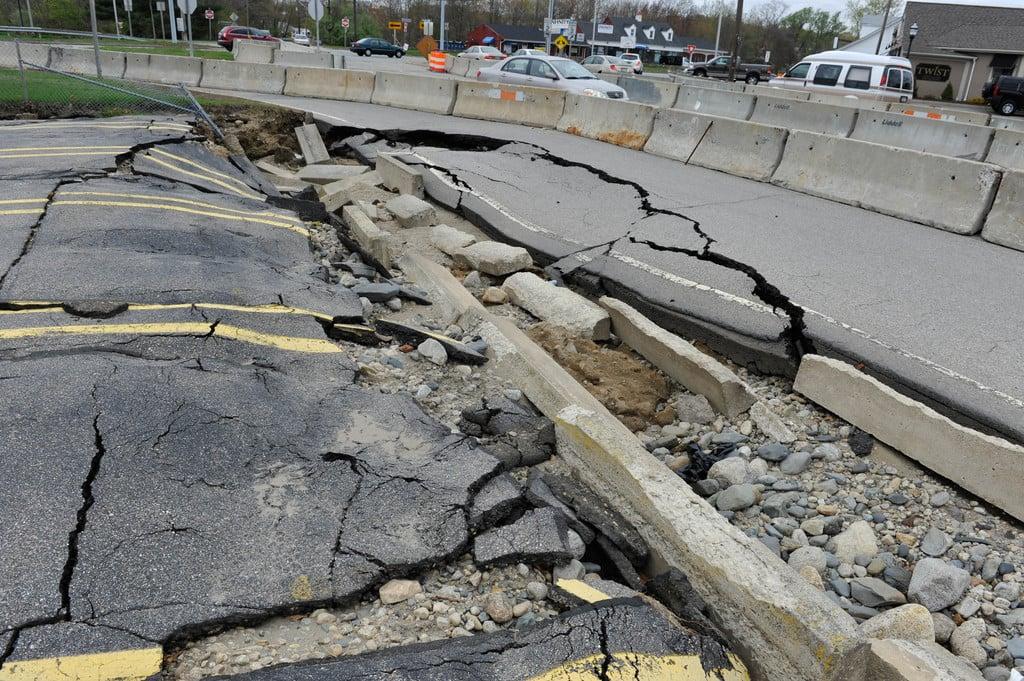
Disaster Preparedness & Cleanup
The use of concrete barriers in storm preparedness has been well documented. Whether acting as temporary sea walls ahead of hurricanes, as levee support during anticipated floods, or as fire breaks during wildfire season, concrete’s weatherproof, waterproof, and fire resistant nature make these barriers an affordable, accessible, and effective temporary solution to keep communities safe.
Additionally, after a major weather event, concrete barriers can be rapidly deployed solutions in cleanup and rescue efforts. Whether blocking off eroded streets, demarcating search and rescue zones, or diverting debris and stormwater, concrete barriers are a highly versatile tool for municipalities and emergency management organizations.
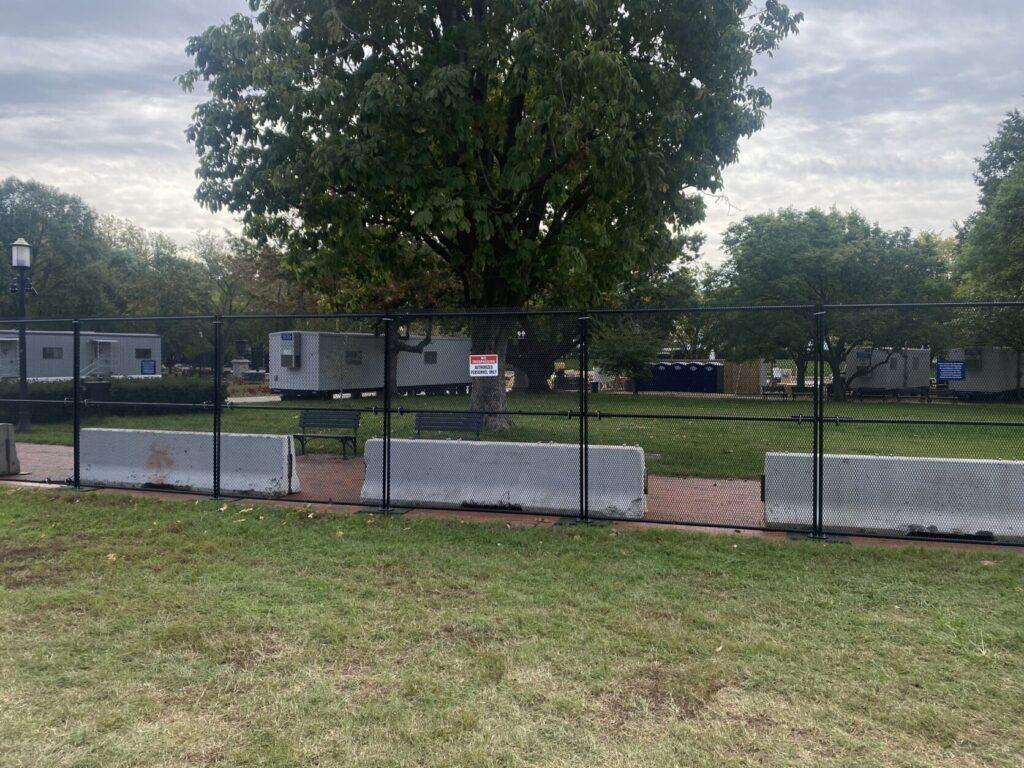
Threat Management & Public Safety Response
It’s never pleasant to think about terrorism or acts of violence. Having a protection plan in place can minimize the damage of these emergencies should they occur. Public facilities such as hospitals and schools have sometimes been subject to bomb threats. Government buildings and utilities companies have also faced credible threats of terrorism. Heightened security measures can also be implemented for large crowds ahead of events like sports games, rallies, or parades.
As authorities evaluate their response to these threats, concrete barriers can serve as effective protection against crowds or vehicular encroachment. They can also block off street access to roadways or areas where crowds are likely to gather. The portability of barriers means they can be quickly deployed for rapid-response situations, and just as easily removed and stored when the threat has subsided.
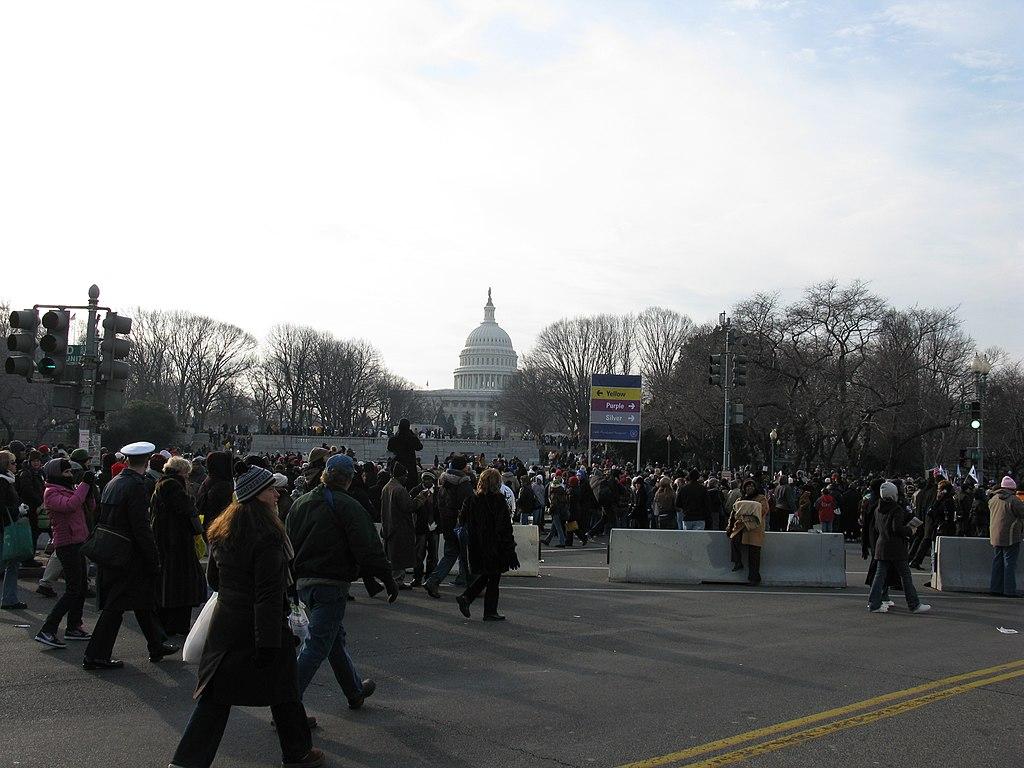
Crowd Control & Event Infrastructure
Anywhere a large crowd is planning to gather, you can count on there being concrete barriers. Barriers are a go-to solution for event crowd control. They can direct pedestrians and vehicles where to go, safely restrict unauthorized vehicle access, and demarcate event grounds. Concrete barriers can quickly be installed to close streets ahead of parades, farmers’ markets, or outdoor concerts. Temporary barriers have even been used to block off outdoor filming locations. After an event has ended, concrete barriers can be removed just as easily as they were installed, resuming normal traffic flow and access.
Post-Use: Moving, Storing, and Renting Barriers
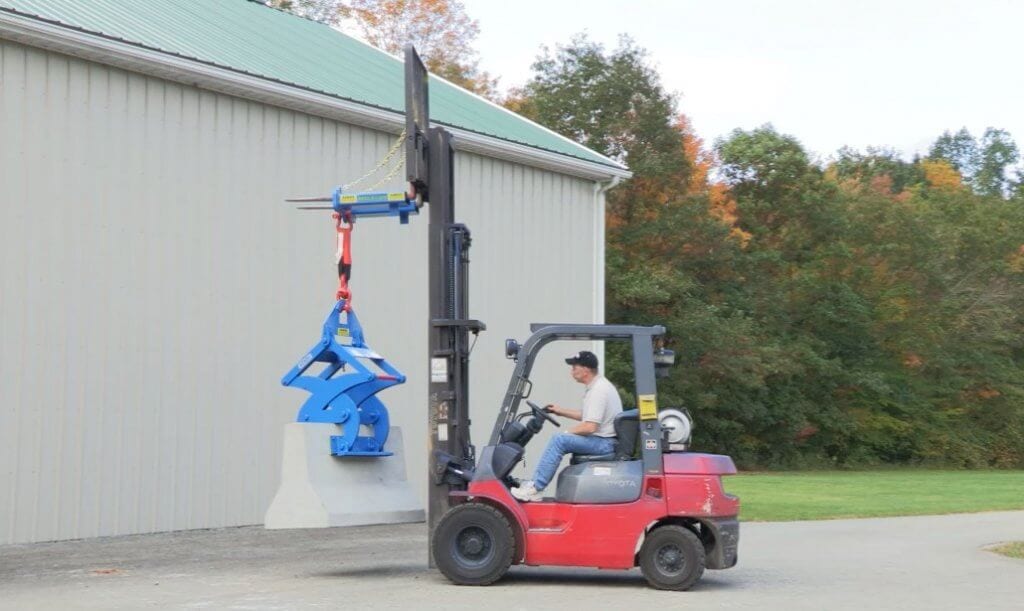
So, you’ve used your barriers and don’t need them anymore. What do you do now?
Fortunately, uninstalling barriers is as easy as installing them. With tools like flatbed trucks, forklifts, or even barrier lifts, you can easily relocate barriers to warehouse facilities, storage lots, or to a new location.
If you don’t envision a long-term need for barriers, consider renting them. Rented barriers are an ideal cost-effective solution for short-term or temporary projects. Use your project plan to determine how many barriers you require and how long of a rental contract you need. 48 Barriers can drop rented barriers off directly at your job site and pick them up upon the termination of your contract.
In some cases, used barriers can even be resold through buyback programs. Typically, barriers in good to like-new condition can be given a second life with new owners. Reach out to an account manager at 48 Barriers to discuss your options.
–
Even though concrete barriers have a long lifespan, they don’t have to become a permanent fixture in your landscape. Because of their portability and easy installation, concrete barriers are great solutions for temporary situations like construction projects, disaster cleanup, and event management. Whether your next project is three days, three months, or three years long, contact the team at 48 Barriers for a barrier plan that meets your needs. Reach out to us today!

